Seven Alternatives for Team Chat and Collaboration
By Matthew Finnegan, Senior Reporter, Computerworld. See the original article at ComputerWorld.com

Slack's launch in 2014 helped ignite demand for chat-based collaboration tools in the workplace, and, in turn, paved the way for a range of team messaging offerings that now provide a simple and effective alternative to email.
The upstart has proved popular since its launch, attracting 10 million daily users. The secret to its success? A user-friendly and intuitive interface that encourages quick communication between team members, whether they’re in the same office or many time zones apart.
More and more, today’s collaboration tools serve as the hub for an increasingly digital office, where real-time, synchronous conversations suit the ad-hoc and informal discussions scattered teams use to collaborate on projects.
But it is not just about chat. The ability to hook into other applications has become fundamental to team chat apps, allowing them to evolve and grow beyond their original mission.
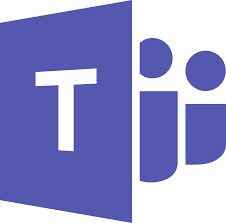

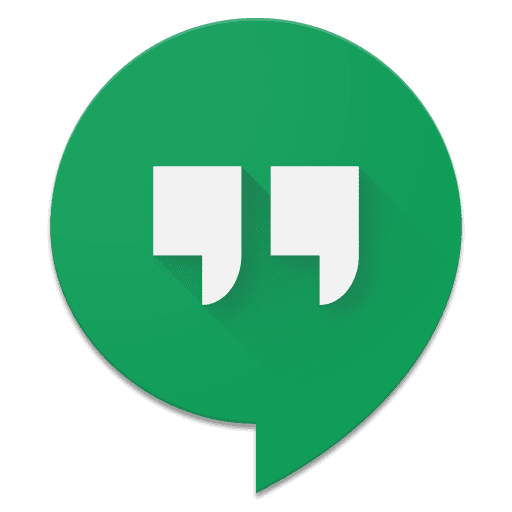

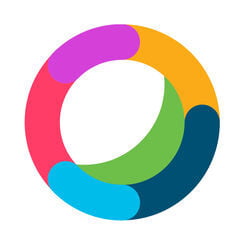
Initially launched as Cisco Spark, Webex Teams was pulled into Cisco's suite of unified communications products in 2018. The rebranding of Spark signaled more than a name change, said Cisco; it also meant better integration with the company’s Webex video conferencing software. It is also possible to make calls from Webex Teams using the cloud PBX technology Cisco gained access to with its BroadCloud acquisition in 2018.
Webex Teams also integrates directly with Cisco’s Webex Boards – a digital whiteboard that helps users brainstorm ideas – and can be used to co-edit Microsoft OneDrive and SharePoint Online files in real time.
Webex Teams is available as part of Webex subscriptions.
Best for: Organizations that want to get the most of their existing Cisco Webex investments.
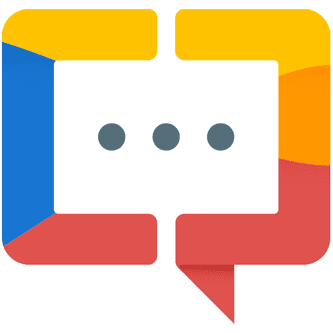
Best for: Budget-conscious organizations that want a straightforward team chat experience.
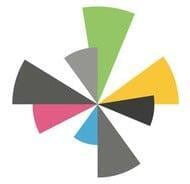
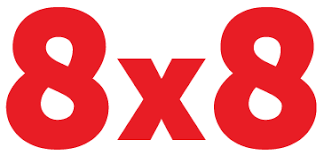
8x8 acquired Sameroom, which provides a single platform that integrates chat and messaging with many other popular team chat services combining multiple chats from different chat platforms.
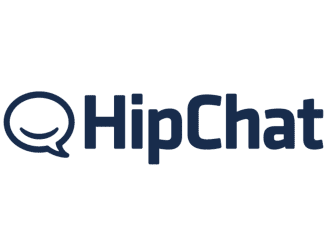
HipChat is an internal private online chat and instant messaging service
As well as one-on-one and group/topic chat, it also featured cloud-based file storage, video calling, searchable message-history and inline-image viewing.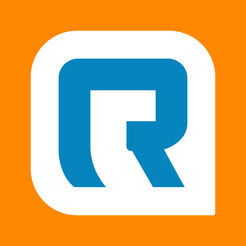
RingCentral acquired Glip and has fully integrated it to RingCentral's Unified Communications platform. Freeware available for anyone. Numerous integrations with 3rd-party apps. Calendar, project, and task management built in.
free real-time web messaging application, group video chat, and task management. It is a team productivity solution that is more efficient than using email and multiple applications for specific jobs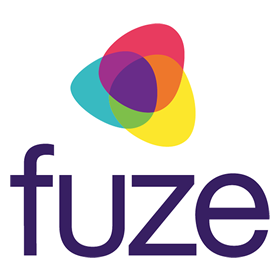
Fuze, a global leader in enterprise communications, developed its own collaboration and team chat platform from scratch. It fully integrates with all collaboration tools and their entire Unified Communications platform.
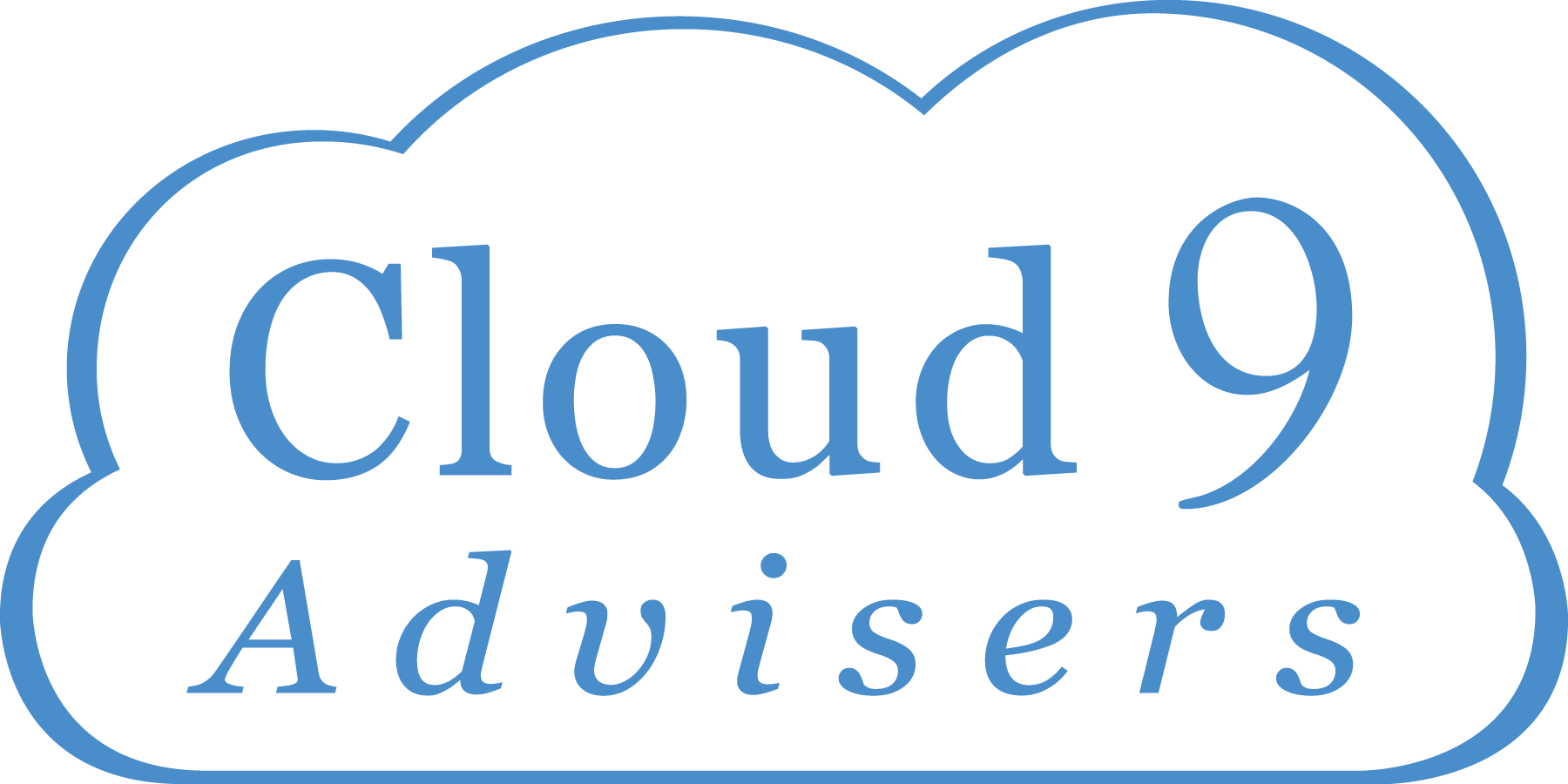
We all need an edge, right? The right technology can be the differentiator for your business and make you stand out from the crowd. Let an impartial, unbiased technology partner, like Cloud 9 Advisers, work on your behalf to find the best solutions for your company. We are strategic partners and technology advisers. We have over two-hundred, curated technology service companies in our Supplier Portfolio. We specialize in helping businesses find the best solutions and the best companies. We deliver better choices, better companies, better pricing, and better support. Work with a Cloud 9 strategic adviser who will review your needs and introduce solutions that work for you. Our friendly, consultative approach leaves you in control.

